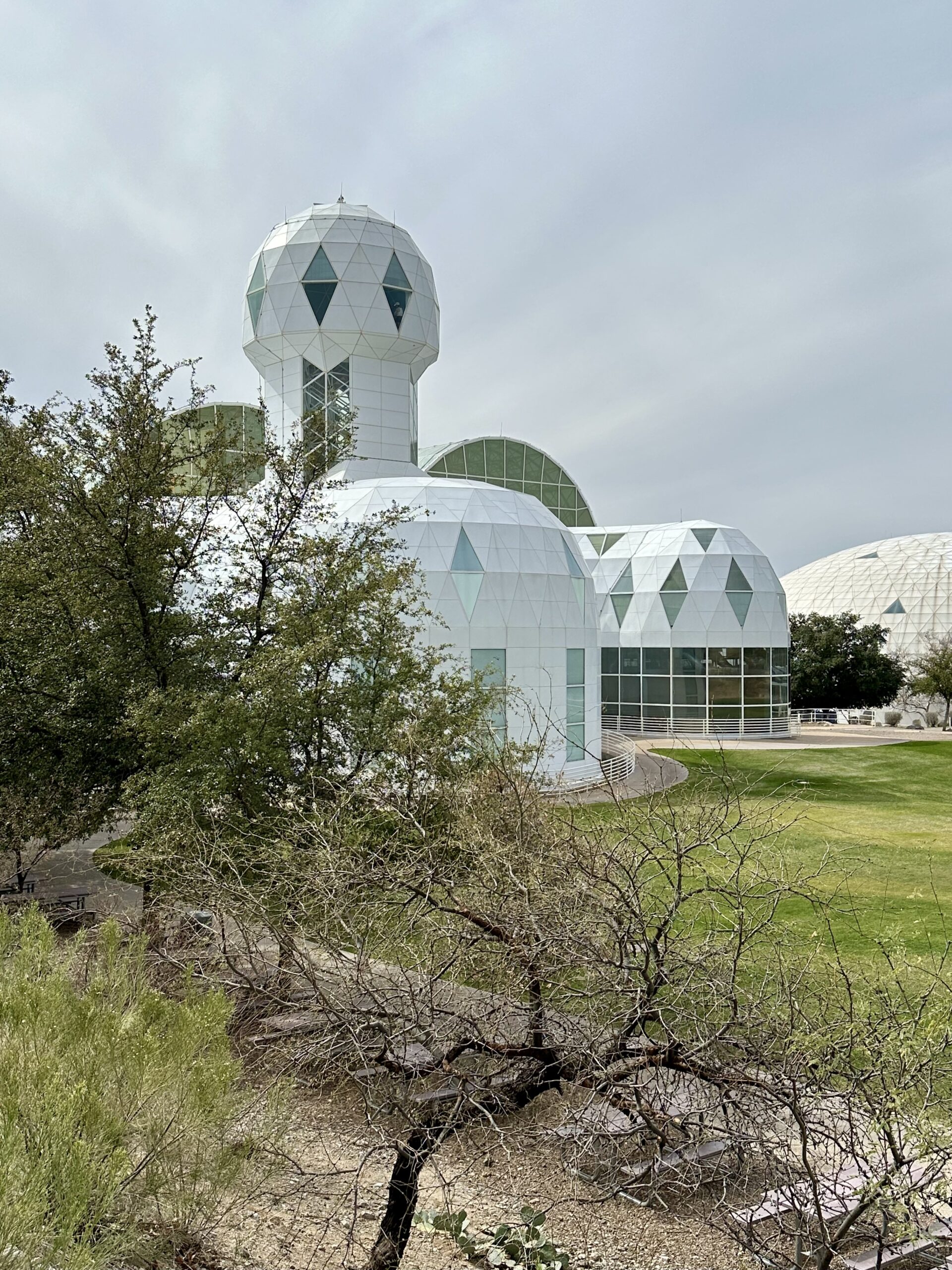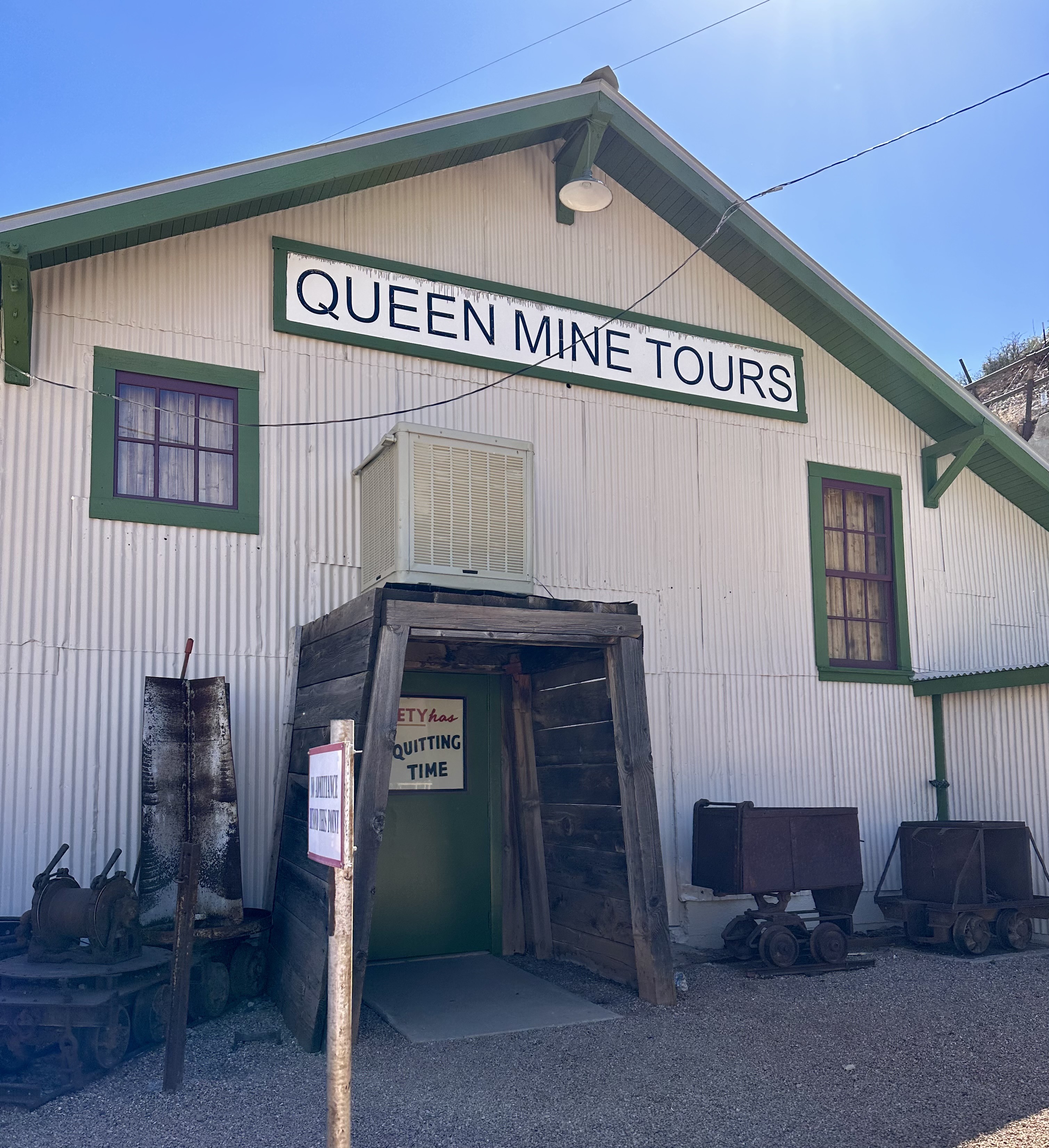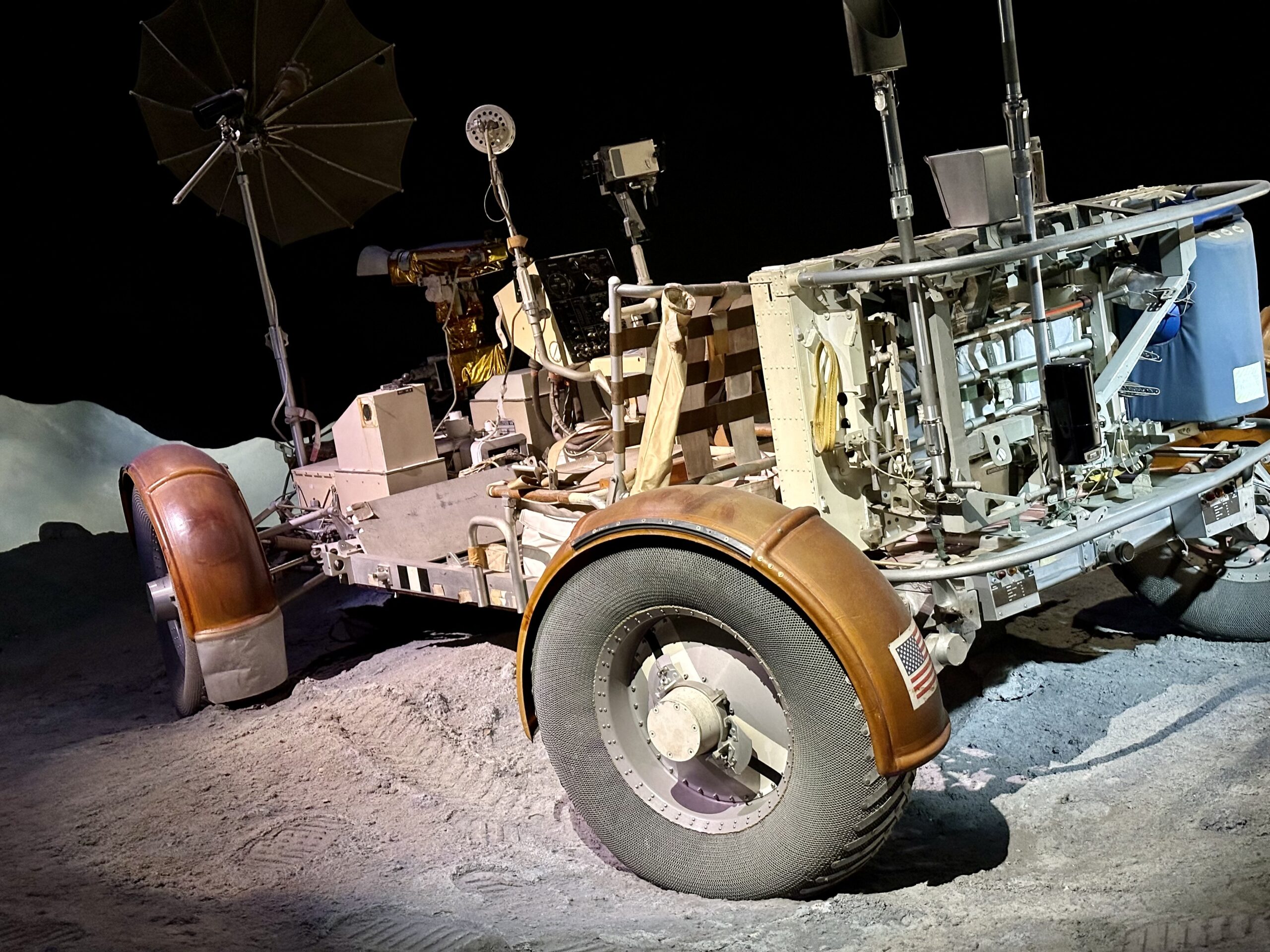The South Bend area has three main attractions (that we were interested in seeing)…The University of Notre Dame, the Studebaker National Museum, and the RV/MH Hall of Fame.
As we drove into town we began at the Studebaker National Museum. This place was much bigger than we expected. We thought there would be a few cars in a small, not so exciting, building…we were wrong. This place was huge! Three floors of cars and history. We spent more time here than we expected.


We began our tour by hopping into an old Studebaker.

Then we went back in time to 1857, the year “H. & C. Studebaker accepted an order for 100 army wagons from the George Milburn Wagon Company in Mishawaka. the brothers expanded their shop to fulfill the contract, leaving the business short of cash. Bankruptcy loomed when younger brother John Mahler (J.M.) returned with a small fortune he made selling wheelbarrows during California’s Gold Rush. J.M. invested $8,000 in the business, buying out Henry’s share…The Civil War brought a rush of Union military contracts to H. & C. Studebaker, and by 1865 the firm employed 130 men and showed a profit of $250,000.
Here are some of the highlights from the museum:

President Lincoln and his wife left the White House in this Barouche carriage and arrive at Ford’s Theater about 8:30 that night. It is the last vehicle Lincoln rode in alive. Clement Studebaker purchased it in 1890 and placed it on display.

President Benjamin Harrison purchased this and four other Studebaker vehicles in early 1889 for his use while President. It was the first time a company outside the east coast supplied a Presidential carriage.

President McKinley had the Studebaker brothers make this horse drawn Phaeton. In early Sept. 1901, he rode it to the Canton railway station and boarded a train to Buffalo, New York. Leon Czolgosz, a man who believed all forms of government were corrupt, stood in line to greet him. As McKinley reached in to shake hands, Leon fired and McKinley was shot in the stomach. He died 8 days later.

It seems it was bad luck to be President in a Studebaker. Studebaker Junior – manufactured by South Bend Toy Company. “Propulsion – Goat, Dog, or Younger Sibling”







This was one of the most interesting cars in the basement (which held cars under renovation) – 1951 Commander from The Muppet Movie. According to the museum, “this Studebaker was used in the 1979 movie. It was modified with trunk-mounted controls so that the operator was hidden while Muppet characters “drove” the car. The driver watched the road via a video monitor connected to a camera in the car’s bullet nose.”


Our hotel was near the University of Notre Dame. A beautiful campus.


The next morning we got up and drove about 30 minutes east of South Bend to Elkhart, Indiana, the home of the RV/MH Hall of Fame.

Again, this museum surprised me. It had much more history than I expected. Here are some highlights from our time here:



Below is a 1954 Spartan Imperial Mansion. According to what we read, “the Spartan Aircraft Company, owned by oilman J. Paul Getty, built these homes in Tulsa, OK beginning after the end of WWII to utilize the surplus production capacity that had been built up to meet wartime airplane demands…It features an all aluminum exterior assembled using aircraft technology, aluminum wall studs and roof rafters, and an all birch interior.

The wrap around front window was a Spartan trademark.


The interior felt more like a home than an RV.





This was the 1939 Lindbergh Travel Trailer, designed by an engineer of the Sir Francis Drake Hotel. This trailer was custom-built for the famous aviator Charles Lindbergh, hence the name. We were surprised to see such a rustic looking stove in here.



This 1937 Hunt Housecar – One of several vehicles built in the 1930s by Hollywood movie cinematographer and producer Roy Hunt.



And finally, the 1931 Mae West Housecar. This Chevrolet based custom made Housecar was one of the enticements offered by Paramount Studios to get Mae West to leave the Vaudeville circuit and begin to make movies for them. It is designed asa a chauffeur driven lounge and not as a camper unit. It was used for several years to transport Mae West from her home or hotel to the shooting locations.

These museums were well done and, surprisingly, had quite a bit of interesting history.





Interesting couple of days for you two! Will you be trading in Joel’s truck for that sleek red Studebaker? ..ha,ha!
Um, yeah…not gonna happen. 😂
You definitely explored some very interesting and historical places in South Bend and Elkhart, Indiana!
Thank you for those great photos and enjoy the journey! By the way, did you meet the mayor of South Bend???
Wow…how super interesting. My dad was so proud when boght a Studebaker (I don’t recall the year).
This looked like a fun and informative trip to South Bend.